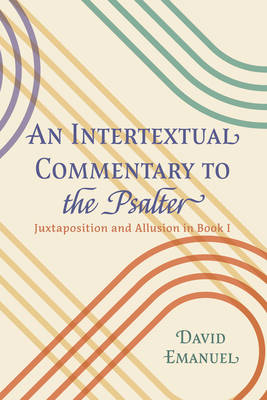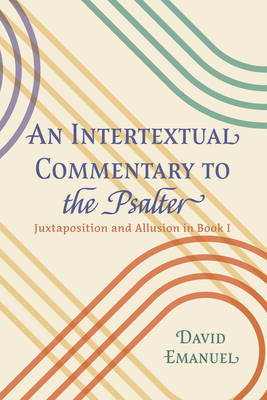
- Afhalen na 1 uur in een winkel met voorraad
- Gratis thuislevering in België vanaf € 30
- Ruim aanbod met 7 miljoen producten
- Afhalen na 1 uur in een winkel met voorraad
- Gratis thuislevering in België vanaf € 30
- Ruim aanbod met 7 miljoen producten
Zoeken
An Intertextual Commentary to the Psalter
Juxtaposition and Allusion in Book I
David Emanuel
Paperback | Engels
€ 35,45
+ 70 punten
Uitvoering
Omschrijving
When reading the Psalter, the sequencing of individual psalms is often overlooked or taken for granted, and it is easy to assume that the psalms' placement results purely from happenstance. The present volume, however, assumes that strategic approaches to juxtaposition, which editors and arrangers apply elsewhere in the Hebrew Bible, were similarly adopted in the arrangement of the Psalter. Furthermore, the Intertextual Commentary illuminates the vast array of biblical texts employed by the psalmists. In addition to the commonly recognized literary tool kit available to biblical poets (parallelism, metaphor, anthropomorphism, chiasmus, etc.), the poets relied heavily on inner-biblical allusion and exegesis to construct their compositions. Primarily adopting a diachronic approach, Emanuel isolates literary sources employed by the psalmists, and further postulates how the psalmists wove specific words and phrases into the fabric of their compositions.
Specificaties
Betrokkenen
- Auteur(s):
- Uitgeverij:
Inhoud
- Aantal bladzijden:
- 216
- Taal:
- Engels
Eigenschappen
- Productcode (EAN):
- 9781620321850
- Verschijningsdatum:
- 7/09/2022
- Uitvoering:
- Paperback
- Formaat:
- Trade paperback (VS)
- Afmetingen:
- 152 mm x 229 mm
- Gewicht:
- 299 g

Alleen bij Standaard Boekhandel
+ 70 punten op je klantenkaart van Standaard Boekhandel
Beoordelingen
We publiceren alleen reviews die voldoen aan de voorwaarden voor reviews. Bekijk onze voorwaarden voor reviews.











